43 food labels with additives
PDF Food Additive Code Numbers (numerical order) Food Additive Code Numbers (numerical order) 1 Prescribed Name Code No. Curcumin or turmeric 100 Riboflavin 101 Riboflavin 5'-phosphate sodium 101 Tartrazine 102 Alkanet or Alkannin 103 Quinoline yellow 104 Sunset yellow FCF 110 Cochineal or carmines or carminic acid 120 Azorubine or Carmoisine 122 ... Food labels: What are additives and E-numbers? - AngeNoy.com Additives can be natural or artificial in origin, and can be listed with either an e-number or a name, such as Sweetener (Aspartame), or Sweetener (E951). What are E-numbers? E-numbers are reference code numbers given to different chemicals that have undergone safety tests and been approved for use as food additives throughout the European Union.
Additives in food products - EU labelling rules - Your Europe In an ingredient list, most food additives and food enzymes must be preceded by the name of the category to which they belong (examples: antioxidant, emulsifier, preservative). List of all additives - annex 2 part B of the EU regulation on food additives Classes of food additives - annex 1 of the EU regulation on food additives
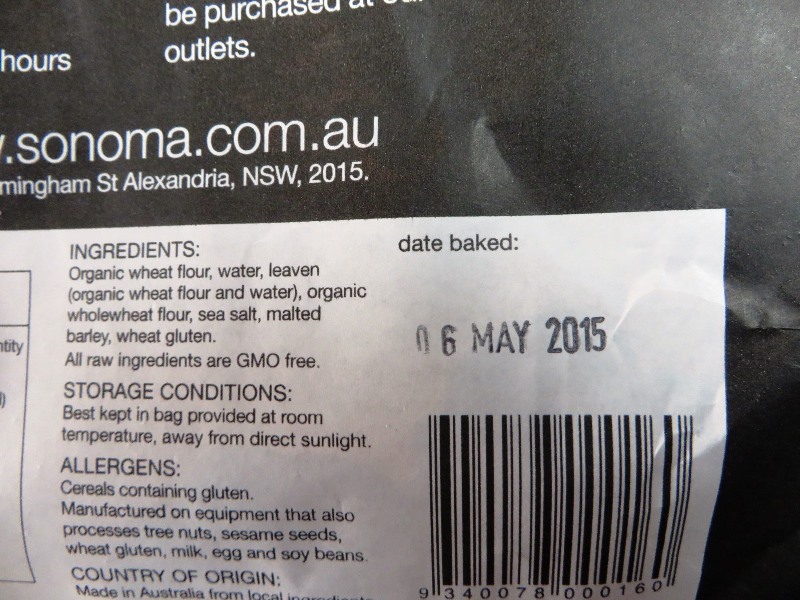
Food labels with additives
Food Additives Labeling: LabelCal - Online Nutrition Label ... By LabelCalc.com. Food Additives Labeling: FDA Guidelines and Resources. It's important to understand which resources to use when it comes to food additives labeling in order to safely include additives and coloring agents in your product. Image source: Flickr user Amy. Dealing with food additives can be tricky, to say the least. Food labels - Better Health Channel Food additives are included in the ingredient list according to their class and purpose (for example anti-caking agent). In most cases, a chemical name or food additive number will be listed after the class. Enzymes and most flavourings only need to list their class name. ... Food labels are important for people with food allergies or ... Don't Be Fooled by Food Labels - WebMD A food can say "made with whole grain" or "rich in whole grain" even if whole grains aren't one of the main ingredients. It could have lots of refined grains, too, and just a sprinkling of whole ...
Food labels with additives. Food additives | Food Standards Agency The additives that you are most likely to come across on food labels are: antioxidants - these stop food becoming rancid or changing colour by reducing the chance of fats combining with oxygen... Overview of Food Ingredients, Additives & Colors | FDA On a product label, the ingredients are listed in order of predominance, with the ingredients used in the greatest amount first, followed in descending order by those in smaller amounts. The label... Food Additive Status List | FDA Additives included are those specified in the regulations promulgated under the FD&C Act, under Sections 401 (Food Standards), and 409 (Food Additives). The Food Additives Status List includes... Understanding Food Labels - Food Ingredient Facts Food labels are required to list all ingredients contained in the food in descending order based on the amount found in the final product. Most food additives are therefore found toward the end of the ingredient list. This indicates they are used in very small amounts in the food, generally less than two percent of the product.
30 Food Additives Hiding in Your Favorite Foods | Eat This ... Carrageenan is an additive that's used to thicken and preserve food and drinks. While it might come from a something healthy (seaweed), there's some evidence that links it to inflammation and GI issues (think: bloating or IBS) and food allergies. You'll find it in some nut milk, puddings, whipped cream, and Nesquik drinks. Food labelling requirements for declaring Food Additives If flavouring agent has been added to the food, it shall be written just beneath the list of ingredients on the label attached in capital letters as below: CONTAINS ADDED FLAVOUR (specify type of flavouring agent) (c) If both color and flavour are used in the product, a combined statements shall be mentioned, as Food additive labelling - Food Standards Most food additives must be listed by their class name followed by the name of the food additive or the food additive number, for example, Colour (Caramel I) or Colour (150a). Enzymes and most flavourings (or flavour) do not need to be named or identified by a food additive number and can be labelled by their class name only. Labeling Foods Containing Color Additives - LabelCalc The American public is reading food labels now more than ever, and color additives, in particular, have come under a lot of scrutiny, thanks to studies and anecdotes linking certain color additives to hyperactivity in children and allergic reactions. The FDA considers such information inconclusive and says that more scientific research is ...
12 Common Food Additives — Should You Avoid Them? Chicken, beef, fish, pork, legumes, nuts, eggs and tempeh are just a few delicious high-protein foods that you can add to your diet in place of processed meats. Summary Sodium nitrite is a common... 22 Additives And Preservatives To Avoid | FOOD MATTERS® Regardless, it takes some time to understand which foods are being affected by additives and preservatives, and a commitment to reading labels. Ultimately, understanding additives and preservatives is important because it can affect your health. Often additives and preservatives are disguised on the labels. Avoid these 6 harmful food additives | The CNM Health ... Here's how to look out for food additives when reading a label: Strange sounding ingredients. If an ingredient has an obscure name or uses acronyms such as BHT (Butylated hydroxytoluene), you can guarantee it is some kind of additive. E-numbers are additives. Manufacturers either use the name of the additive or the numerical ID to display the ... Additive labelling - Healthy Food Guide Food additives normally come under a 'class' which is a category that indicates what the food additive does. Examples of classes include preservatives, sweeteners, colours and flavour enhancers. Food additives are also assigned international code numbers - these are the numbers that we see on food labels. These numbers can be used in ...
Food Additives Examples, Types & List | What are Food ... Food additives, such as ascorbic acid and other preservatives, are added to fresh foods to prevent the growth of harmful bacteria and mold. Wax is a food additive used as a covering over the skin...
Food Label Misconceptions - Food Ingredient Facts The truth of the matter is that food labels, including those with long lists of scientific names, are clean and safe themselves; and to get rid of these naturally-occurring, supportive ingredients and additives only serves to reduce taste, convenience, shelf-life, and overall food efficiency.
Food Additives and Compounds - Nutrition.gov Consumer Info About Additives & Ingredients. HHS, Food and Drug Administration, Center for Food Safety and Applied Nutrition. Find information from the Food and Drug Administration ( FDA) on benzene, color additives, fat substitutes, food irradiation, preservatives, sweeteners, sulfites, and more.
Read Your Labels: The "Top Ten" Additives to Avoid: A Recap These "excitoxins" can be found in soups, broth, flavoring additives, chips, dips, soup mixes, ramen noodles, frozen meals, snack mixes, canned fish, and a wide variety of other dishes - including "natural," "vegetarian," and organic ones. Why you should avoid them:
Food additives - World Health Organization Food additives can be derived from plants, animals, or minerals, or they can be synthetic. They are added intentionally to food to perform certain technological purposes which consumers often take for granted. There are several thousand food additives used, all of which are designed to do a specific job in making food safer or more appealing. WHO, together with FAO, groups food additives into ...
7 Additives in our processed food that are banned outside ... EWG includes the entire group of FD&C colors on its Dirty Dozen list of food additives to avoid. Regulations: Yellow 5, Yellow 6, and Red 40 are authorized for use in the European Union member states, but companies must include a warning on food labels that reads "may have an adverse effect on activity and attention in children." Conclusion
Food Label Lies: Your Food May Not Be What You Think It Is Food Additives In This Special Report. Article The Dirty Secrets of 'Clean' Labels. ... Decoding Food Label Claims. Video Food Additives 101. Expert Q&A Blog A Closer Look at Processed Foods.
Food additives - Food label requirements - Canadian Food ... Unlike food additives, processing aids are not considered to be ingredients, and are therefore not required to be declared on prepackaged food labels under FDR. Although there are no regulatory requirements for the preclearance of processing aids as there are for food additives, using processing aids is controlled by subsection 4(1) of the Food ...
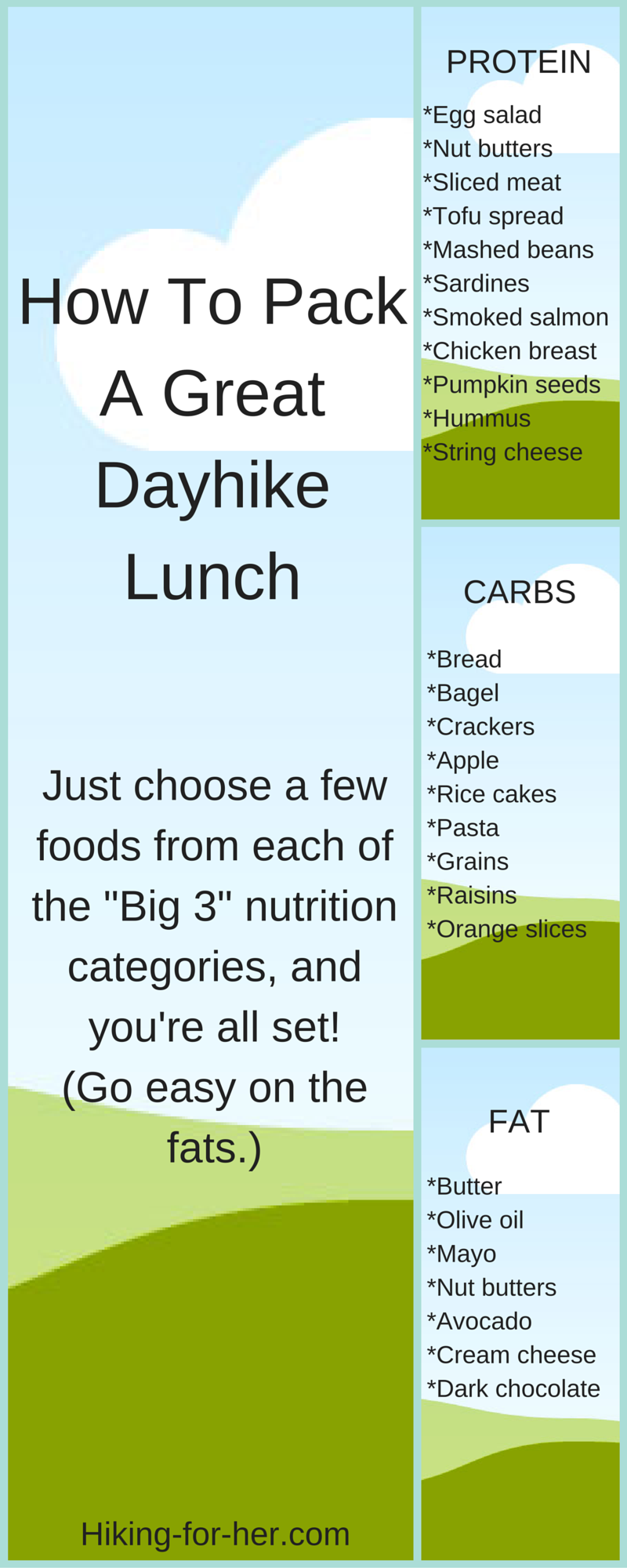
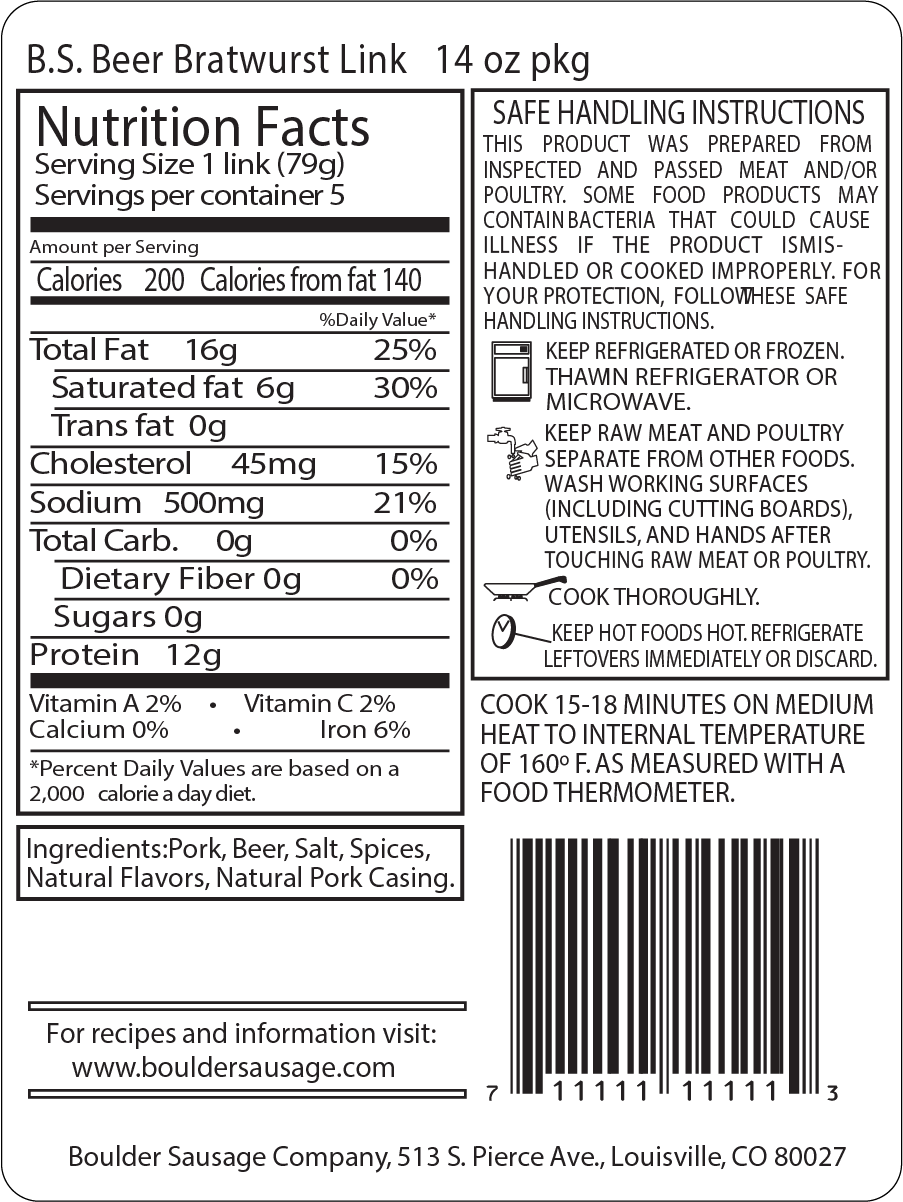
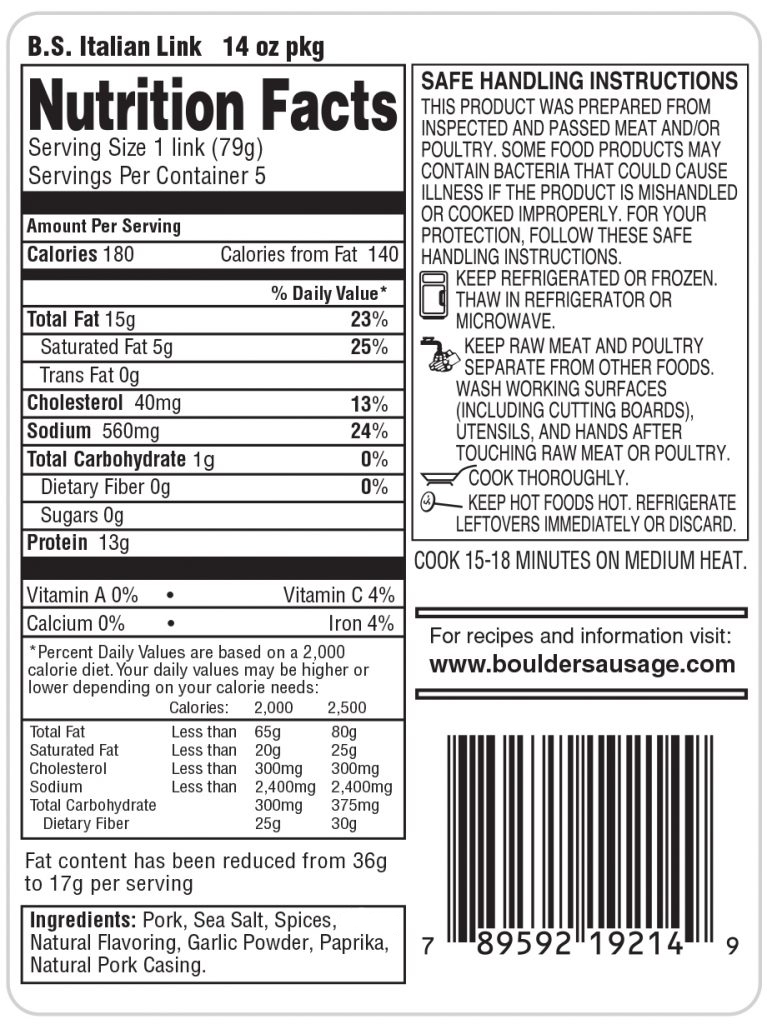
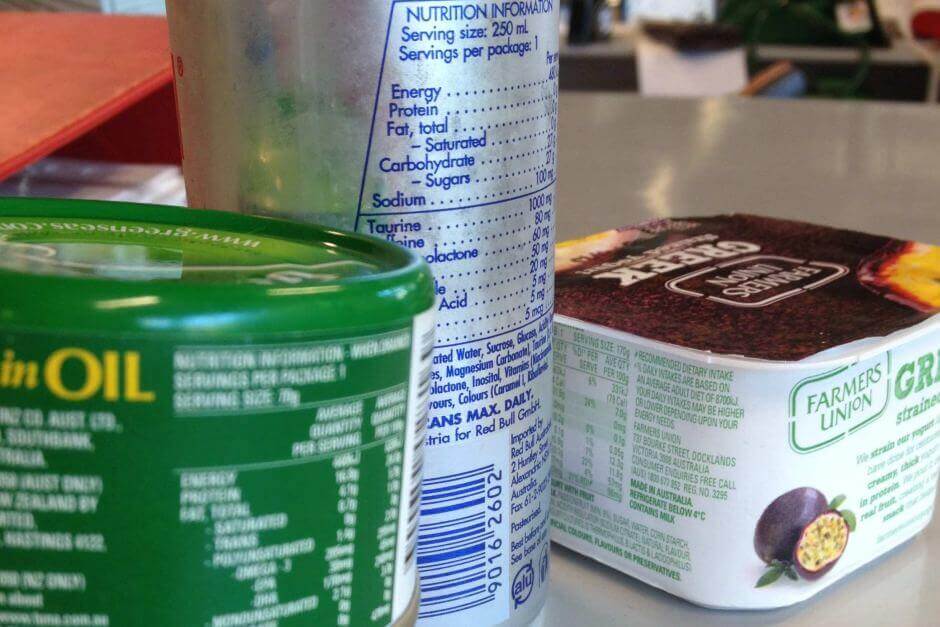
Post a Comment for "43 food labels with additives"